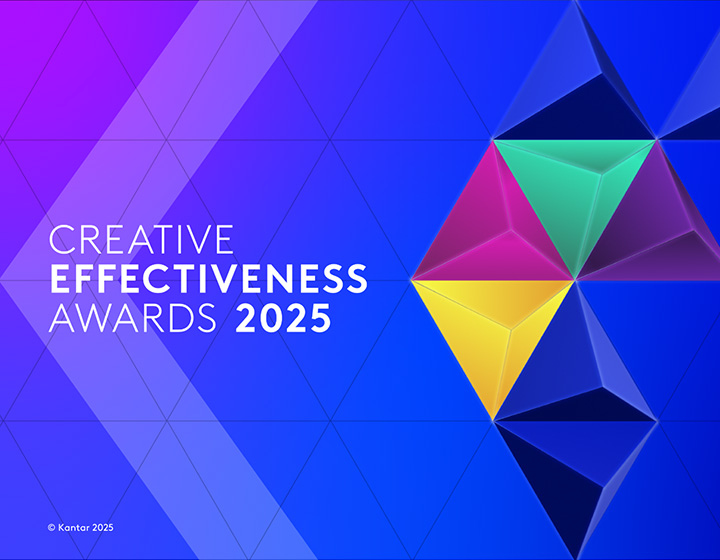The Cannes Lions International Festival of Creativity, is the world's foremost festival celebrating creativity in advertising and marketing, drawing top industry professionals to showcase and honor groundbreaking work. It serves as a global platform for discussing the future of the creative industry, ad-tech, and marketing more broadly. In this article, we highlight five key implications for marketers from this year's Cannes Lions, drawn from expert discussions and award-winning work.
1. Leverage brand building for business performance
Earlier this year, there have been spirited debates in the industry on whether the era of brand building is over, and we have moved to an era where product rules consumer choices. At Cannes, the discussions clearly showed that marketing, and brand building more concretely, lays the blueprint for successful business performance. In a CMO-CFO fireside chat, Ian Borden, Executive Vice-President and Chief Financial Officer at McDonald’s, highlighted he now sees marketing as an investment, not a cost “We spend a lot of money on marketing, and it’s one of the most important investments we make as a business to drive growth”. Borden’s Global CMO counterpart, Morgan Flatley explained that aligning the organisation around key metrics that capture the impact of marketing is key. Furthermore, many Cannes events highlighted the power of brand in delivering great business results. Marcel Marcondes, the global CMO at AB InBev, mentioned that to build brands that command growth in the long-term, they “don’t do creativity for creativity’s sake”. They aim for it to solve business and consumer problems. As Kantar’s Blueprint for Brand Growth states, high quality creative generates 4 times the profit and is thus a key lever in advertising effectiveness.
Heinz won The Grand Prix in Creative Effectiveness for the creative platform ‘It has to be Heinz’ that they have used for the past five years. In 2019, following a five-year decline, Heinz needed to reassess its advertising strategy. The ‘It has to be Heinz’ creative platform tapped into cultural moments to showcase how the brand is meaningful to people and different from other brands. The results are staggering, the campaign has helped Heinz achieve a 12% global ketchup sales growth year on year since 2019 and steal 3.2 share points back. In 2023 Heinz became one of only 4% of brands to achieve the ‘Iconic’ status in Kantar’s brand measurement.
Heinz, Ketchup Fraud, Rethink Toronto

2. Aspire to leverage AI for scale and human connection
In Cannes, the sports and creator communities have landed bigger than ever before signaling the need for advertising to be embedded in culture and social media. At the same time, AI continued to echo in discussions on stages at the Palais and beyond. Marketers have moved from ideating about AI applications into actioning the initial use cases, focusing primarily on low-hanging fruit where AI can help create efficiencies without putting creative-insight and quality in jeopardy. When asked what the biggest challenge for marketers was today, many CMOs cited the next stage of AI implementation; They voiced concerns about how to maintain a strong connection to people during the creative process and not have technology dilute or even eradicate the initial human insight.
No Cannes winner exemplifies the intersection of technology and connecting with people via sport and social media better than Orange’s ‘WoMen’s Football’. It took home a whopping 10 Lions, most notably two Grand Prix Lions in Entertainment for Sport and Film. To challenge football fans' preconceived notions, the film begins with a sports highlights reel showcasing moves from French men's team star players. Then comes the reveal. The epic moves in the video where actually by members of the French women’s team made to look like the men’s team using VFX. The WoMen’s Football ad lands in Top 1% on both enjoyment and the ability to help build the brand in the long-term as evaluated by LINK+ Kantar’s ad testing solution. Notably, this work also grabbed a gold in Social and Influencer Lions, as the campaign was launched with a series of two tweets on X that helped spark mainstream media interest.
Orange, WoMen’s Football, Marcel
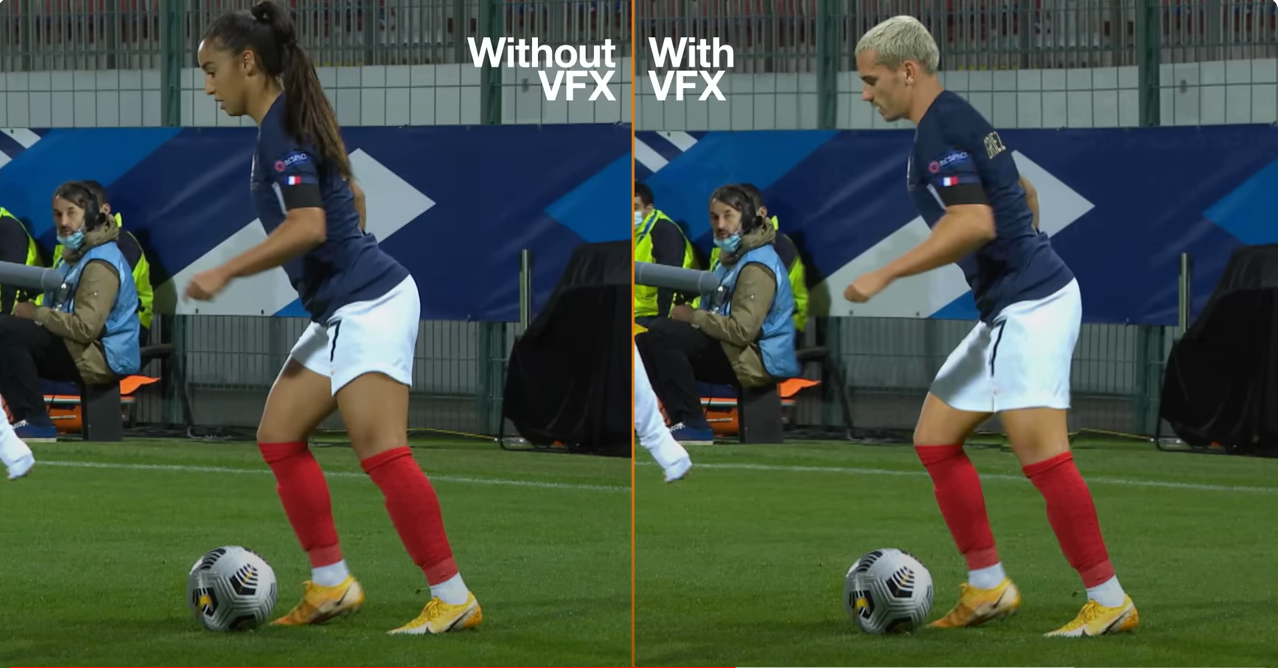
Brands also heavily leverage the latest technologies to drive positive outcomes for different groups, such as the Mouthpad which is a retainer-like device that allows people to control their mouse cursor through the movement of their tongue, Vaseline’s See My Skin which tackles the lack of diversity in images that dermatologists use for diagnoses, or Apple’s The Greatest – a campaign that showcases the accessibility built into their products. While some progress has been made, the industry needs to do more.
Unstereotype Alliance’s Danai Gurira called for deeper engagement with people and communities to combat stereotypes, which remain abundant in advertising and entertainment more broadly. Brands need to think about the portrayal of men in advertising and consider the need to shift from portraying masculinity as a single mode to portraying multiple masculinities, to reflect the diversity in which men live and interact with the world and their ever-evolving roles in society. Meanwhile, Kantar’s research with GLAAD in the US, talked about at on the Infillion stage with GLAAD, Getty Images and Google, shows that representation of the LGBTQIA+ community is expected and welcomed, but that it needs to be authentic and incorporated within the narrative to resonate properly.
3. Branded + funny = effectiveness
This year’s Lions came with ad land aiming to rediscover its funny bone. Several sessions discussed the link between humor and effectiveness and Cannes Lions had a humor category in the awards for the first time. Kenan Thompson, a Saturday Night Live comedian, talked about humor as a way to earn attention: “We live in a state of constant assault on our senses, but if something is funny, you’ll seek it out. People will pass it around to lighten the day. It doesn’t mean we shy away from tough stuff, humor is one of the best ways to deal with rough things”. Humor can open doors to people’s hearts but it is not a guarantee of effectiveness. As Kantar data shows, connecting a funny story to the brand is essential for delivering short-term (+44 percentile points) and long-term impact of such communication (+46 percentile points).
Amongst this year’s Cannes Lions winners, we saw humor in many shapes and forms. From Specsavers having Rick Astley re-record a famous hit with misheard lyrics to encourage people to get a hearing test, the brilliant intersection of Super Bowl, social media and disruption of Michael CeraVe, all the way to the Last Barf Bag from the motion sickness medication Dramamine, showing that humor can have its place even in the pharma category. Brands don’t have to take themselves seriously to be effective. Heineken decided to celebrate its 150th anniversary by highlighting how people misspell, mispronounce and misuse the brand. Heineken leaned into this and created a light-hearted campaign and carried the idea all the way to activation by changing the names on bottles and bar signs to misspelled versions. The ‘Whateverken’ campaign brought home three Lions, and also won across categories in Kantar’s Creative Effectiveness Awards earlier this year showing the power of a funny story connecting with the audience and the brand.
Heineken, Whateverken 150, LePub
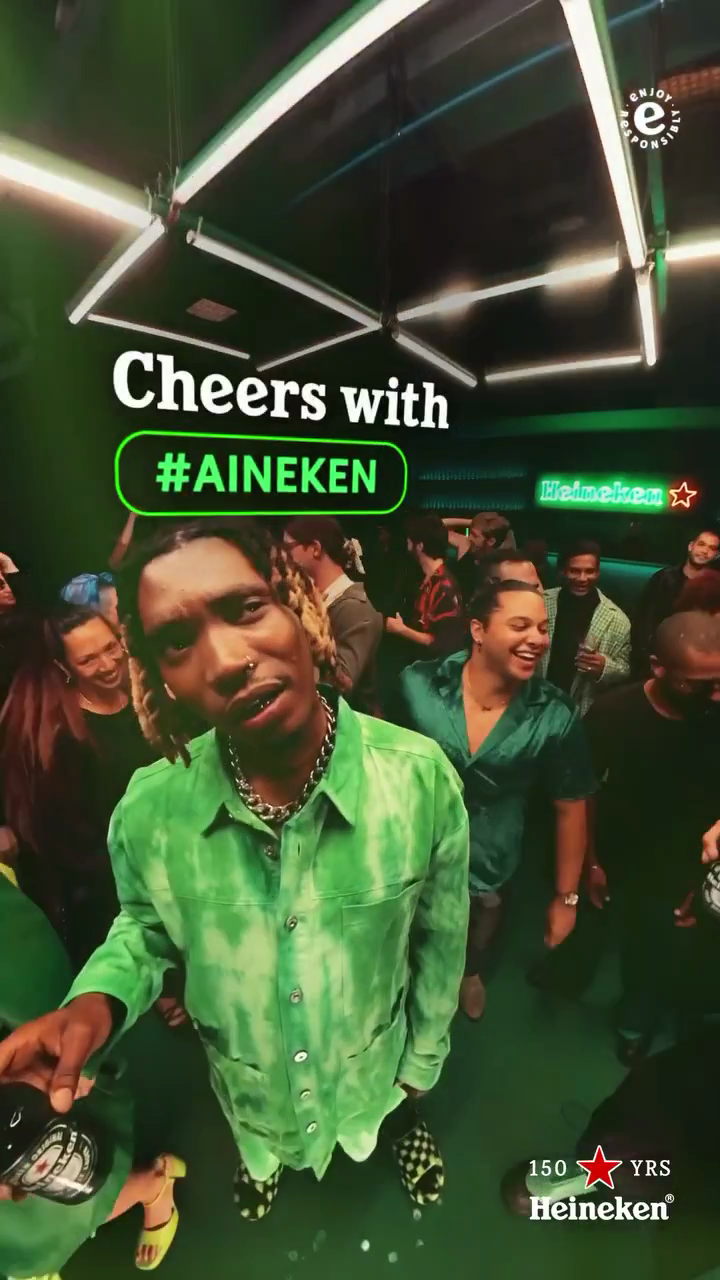
4. Bring creative, media and commerce closer together
With retail media having a greater presence this year, the conversation around creative and media effectiveness became one of integration. How can brands craft strategies in which creative, media and commerce are brought closer together for maximum impact? Marketers are faced with increasing media fragmentation and this signals a need to raise the bar from “fit for platform” to “made for platform”. Many publishers were pitching themselves as full-funnel “brand-formance” environments, with traditional brand-building platforms showcasing their commerce credentials, and traditional lower-funnel performance platforms showcasing how they can build brands.
The battle for viewer attention continues, but this debate is now increasingly nuanced, with more evidence showing that it is cost-effective and meaningful attention which matters. Rather than applying an arbitrary threshold value, brands are learning they need a mix of attention levels in their media plans. Kantar presented the latest evidence showing that some digital environments with lower attention levels are the most cost-effective to build brands. Kahlúa and Timberland are maximizing creative attention and impact in a short period of time via the use of bold styling and showcasing distinctive brand assets. The Cannes Lions Grand Prix winner in Outdoor, Pedigree have cleverly intertwined creative and media strategy to better deliver on their purpose to end dog homelessness. They have created a generative AI model that lets them generate 3D imagery of dogs based on pictures taken by shelter employees. Thanks to AI, Pedigree have production-ready images to use in their campaigns. They use those dynamically in their digital advertisement placements so that people living in dog-friendly locations see concrete dogs from nearby shelters. Once a dog is adopted, Pedigree can immediately change the advertisement to feature another dog.
Pedigree, Adoptable, Colenso BBDO and Nexus Studios
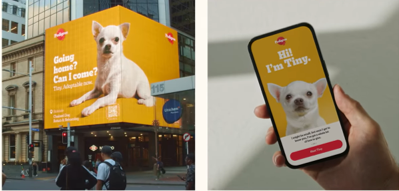
A few notable winners showed that entertaining and funny creative can be used by any brand in any category. B2B advertising – unlike the name suggests - still advertises to people who like to laugh, the HR system Workday leveraged an insight about how employees use the word ’rockstar’ in a star-studded, laughter-inducing campaign.
Partners Life, a life insurance company in New Zealand, had to address a strategic challenge, where New Zealand has one of the highest rates of underinsured people in the world. They tackled this by leveraging dark humour and pop culture, bringing to life characters from a popular murder mystery to recount their reasons for not taking out life insurance. Financial service advertising isn’t known for using humour. Partners Life showed it can be used effectively to drive business results.
5. Drive brand impact by integrating sustainability and DEI
In years past, purpose, sustainability and diversity, inclusion and equity had an overt-yet-separate presence in Cannes programing. This year, we saw these themes better woven into Cannes events, signaling that they have become an integral part of a CMO’s job description. Sustainability can help predispose your brand to more people. Kantar BrandZ data shows a strong relationship (a 0.7 correlation) between people’s sustainability perceptions of brands and the key equity measure of Demand Power. Brands can leverage sustainability as a strategic differentiator or as a supportive element, but they cannot afford to ignore sustainability altogether. Kantar’s new partnership with Ad Net Zero will be encouraging and measuring how well the industry showcases and models sustainability within advertising. This is a simple step which all advertisers and agencies can take, even if they are less confident about fore-grounding their own explicit sustainability messaging.
The Unstereotype Alliance convened by UN Women hosted a session “Inclusion = Income: The Business Case for Progressive Advertising”, that leveraged Unstereotype Metric data, Kantar BrandZ data, and sales data from select brands to show that brands that adopt more progressive advertising practices generate a 3.5% sales uplift in the short-term and 16.3% sales uplift in the long-term - clearly showing that the practice of inclusion in advertising translates into business impact.
A Gold Lion winner in the Social and Influencer category showcases the power of co-creation and user-generated content, especially when challenging stereotypes. The ‘Assume That I Can’ campaign for World Down Syndrome Day, features Canadian actress Madison Tevlin who challenges low expectations others project on her. The video went viral, amassing over 150 million views in one week. Many individuals with Down syndrome shared their stories of breaking stereotypes, while thousands of social media users praised the campaign for challenging prejudices.
World Down Syndrome Day 2024, Assume That I Can, SMALL New York
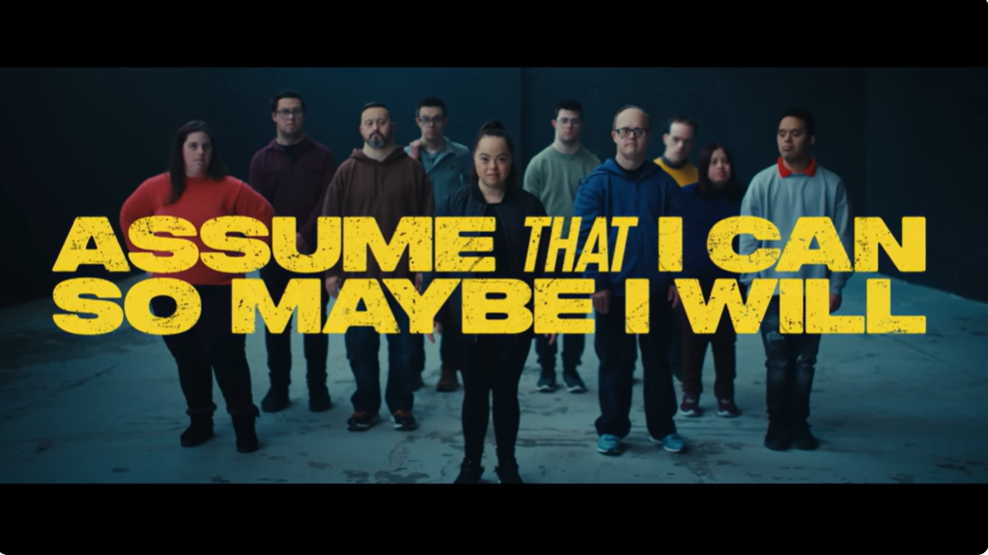
What next?
This year’s Cannes Lions Festival showed the need to stay laser-focused on the impact of creativity amidst ground-breaking advances in technology as well as challenging socio-economic conditions worldwide. The breathtaking winning work showed us that creativity can leverage novelty for commercial benefit as well as social good.
Download our free guide which shows how Kantar can help with each of these critical themes in advertising, and please get in touch to discuss further.


